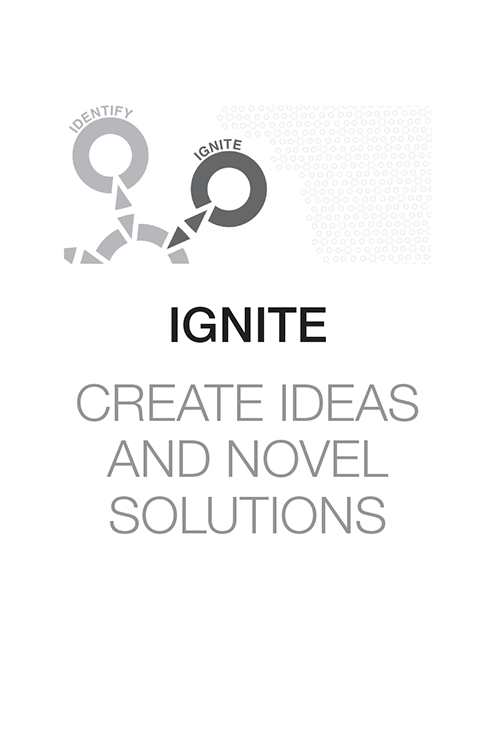‘So how many of you think you are creative?’ I asked a large group of middle and senior managers. Two people put up their hands.
‘So, what about the rest of you, do none of you consider yourself remotely creative?’
Maybe one or two more people slowly put up their hands.
Often, we ask this question when we facilitate innovation workshops or conduct speeches about creative thinking and, regardless of country or industry, the response is normally the same. Very few people in the world of corporate business, unless they are in the creative industries, think that they are creative.
‘So, having completed a few activities to generate new ideas, how many of you now consider yourself just a little bit more creative than you did at the beginning of this workshop?’ I asked, as we reflected on the morning’s learnings. Three quarters of the group puts up their hands.
Why is this the case?
Despite the rallying cry for more creative thinking to solve the complex challenges we face today, the ability to originate, generate and create new ideas is often a skill that many individuals and organisations find hard to cultivate.
The fact of the matter is that our brains are far more pliable than we have been led to believe. With the growing awareness of neuroplasticity – literally, the ability of the brain to change itself – we can, in fact, transform our minds, even if it takes a lot of effort. By the end of our time together, participants are not only relieved, but also surprised, when they realise that, given the right tools, stimulus and environment, they can create some unique and novel ideas.
But being trained in creative thinking or attending workshops can only go so far in developing our creativity. Developing a creative mindset takes a lot of effort: not only are we having to do things we may have never done before, which can feel strange and unfamiliar, we are, literally, rewiring the way we think.
The importance of the ability to be creative, to ignite new ideas is the subject of this chapter.
The Ignite phase is central to innovation. This includes generating lots of new ideas, continually seeking new knowledge outside your current areas of interest and challenging your way of thinking. Looking for connections between different and unrelated ideas is also important, as this is often where the spark for innovation happens.
It is not always about being original, but being able to combine often different ways of thinking to create something new. Think of the wheel and the bag talked about in the Identify chapter. Creating a culture where people feel free to contribute their ideas and motivate others is an important leadership skill as these are factors that help to create a trusting environment where people feel free to express their ideas without being judged. This also impacts morale and contributes towards better business and organisational results.
Igniters, those who have high confidence in this area, are generators of new, original solutions. They offer creative energy and novelty to the organisations in which they work. Often, they initiate new thinking and challenge the status quo, seeing how things could be done differently to achieve better results. Depending on their personality, they may be more risk-orientated, having less fear about trying out something new. Like Identifiers, Igniters tend to be future- and change-orientated. They provide the much-needed fuel for novelty that generates the initial spark for innovation to take place. Ignite is central to innovation for, without new ideas, innovation cannot happen.

